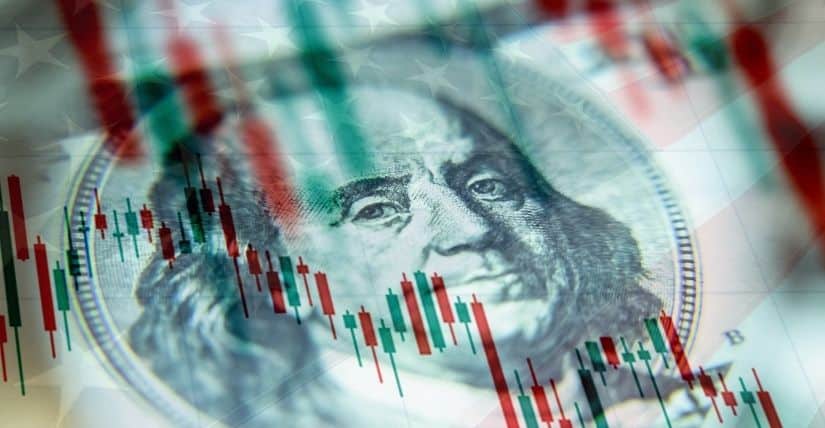The U.S. market index futures barely moved in early hours trade on Monday, just after major averages enjoyed their finest week in months amidst a bigger and more powerful beginning to earnings season.
The Dow Jones Industrial Average’s futures contracts fell only three points. Futures on the S&P 500 and the Nasdaq 100 both traded in the negative region. The major averages were profitable last week. The Dow gained 382 points on Friday, putting it on track for its biggest week since June, with a 1.58 percent increase. The other week, S&P 500 gained 1.82 percent, its biggest week since July, whereas the Nasdaq Composite gained 2.18 percent, its biggest week since the end of the month of August.
In addition to Goldman Sachs’ huge profits on Friday, decent financial data helped markets. On Friday, the Census Bureau said that retail sales went up 0.7 percent in September, compared to a 0.2 percent fall predicted by economists polled by Dow Jones.
“Wall Street expected a downturn in spending, but the American customer is not to be trifled with,” Edward Moya, senior market analyst at Oanda, said. “Three months in a row of good retail sales statistics show the customer is in good shape moving into the festive season,” he added.
The earnings report is well underway, with a series of prominent companies reporting this week. This includes Procter and Gamble, Johnson & Johnson, Netflix, and United Airlines. Other notable names for the week include IBM, Verizon, & Tesla.
According to FactSet statistics, 41 S&P 500 components have disclosed third-quarter earnings, with 80 percent of them exceeding EPS estimates. According to FactSet, the 3rd-quarter revenue growth rate for S&P 500 businesses will be 30 percent, the 3rd highest quarterly rate record since 2010.
The major averages are well within striking range of their all-time peaks due to strong performance during the first week of earnings, notably from the biggest banks. The Dow is less than 1 percent off its all-time peak, while the S&P 500 and Nasdaq Composite are correspondingly 1.6 percent and 3.3 percent off their highs.
Shareholders will be looking for corporate commentary on distribution network constraints and hyperinflation, among many other things, as earnings season kicks off.
According to Ed Hyman, the Chairman of Evercore ISI, supply chain issues are expected to improve, and unmet demand from this year will most likely be met next year. He further said that wages would most likely rise, boosting consumer incomes.
According to statistics from Coin Metrics, Bitcoin fell from its previous peak but maintained above 60,000 dollars on Sunday, as the first bitcoin futures exchange-traded fund prepares to start trading this week.
Bitcoin rose on Friday in expectation of such a listing. Last week, the nation’s biggest cryptocurrency broke beyond the $60,000 barrier for the first time since April, closing at $62,307.
